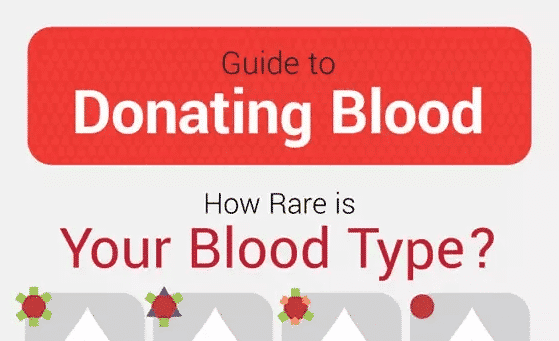How Often Can You Donate Blood? you must wait for a minimum of 56 days between whole blood donations. You must wait at least 7 days after donating blood before you can donate platelets. After an automated double red cell collection, you must wait 112 days before donating again.
Table of Contents
Platelets
You can donate platelets once in a seven day period and up to 24 times a year. You must wait at least 7 days after donating platelets before donating whole blood. After an automated double red cell collection, you must wait 112 days before donating again.
In any eight (8) week period, you can make one blood donation and one platelet donation or six (6) platelet donations.
Donating blood has benefits for your emotional and physical health. According to a report by the Mental Health Foundation, helping others can:
- reduce stress
- improve your emotional well-being
- benefit your physical health
- help get rid of negative feelings
- provide a sense of belonging and reduce isolation
Research has found further evidence of the health benefits that come specifically from donating blood.
Free health checkup
In order to give blood, you’re required to undergo a health screening. A trained staff member performs this checkup. They’ll check your:
- pulse
- blood pressure
- body temperature
- hemoglobin levels
This free mini-physical can offer excellent insight into your health. It can effectively detect problems that could indicate an underlying medical condition or risk factors for certain diseases.
Your blood is also tested for several diseases. These include:
- hepatitis B
- hepatitis C
- HIV
- West Nile virus
- syphilis
- Trypanosoma cruzi
Does donating blood lower your risk of heart disease?
The research is mixed on whether blood donation actually lowers the risk of heart disease and heart attack.
A 2017 study trusted Source suggests that regular blood donations are associated with increased risk of heart disease possibly due to unfavorable cholesterol levels
However, donating blood regularly may lower iron stores, according to a 2013 study trusted Source. This may reduce the risk of a heart attack. High body iron stores are believed to increase the risk of a heart attack.
Regular blood donations were thought to lower blood pressure trusted Source, but a 2017 study trusted Source suggests these observations are deceiving and are not a real physiological response.
Side effects of donating blood
Blood donation is safe for healthy adults. There’s no risk of contracting the disease. New, sterile equipment is used for each donor.
Some people may feel nauseous, lightheaded, or dizzy after donating blood. If this happens, it should only last a few minutes. You can lie down with your feet up until you feel better.
You may also experience some bleeding at the site of the needle. Applying pressure and raising your arm for a couple of minutes will usually stop this. You may develop a bruise at the site.
Call the blood donation center if:
- You still feel lightheaded, dizzy, or nauseous after drinking, eating, and resting.
- You develop a raised bump or continue bleeding at the needle site.
- You have arm pain, numbness, or tingling.
During the donation
You must register to donate blood. This includes providing identification, your medical history, and undergoing a quick physical examination. You’ll also be given some information about blood donation to read.
Once you’re ready, your blood donation procedure will begin. Whole blood donation is the most common type of donation. This is because it offers the most flexibility. It can be transfused as whole blood or separated into red cells, platelets, and plasma for different recipients.
For a whole blood donation procedure:
- You’ll be seated in a reclining chair. You can donate blood either sitting or lying down.
- A small area of your arm will be cleaned. A sterile needle will then be inserted.
- You’ll remain seated or lying down while a pint of your blood is drawn. This takes 8 to 10 minutes.
- When a pint of blood has been collected, a staff member will remove the needle and bandage your arm.
Other types of donation include:
- platelet donation (plateletpheresis)
- plasma donation (plasmapheresis)
- double red cell donation
These types of donations are performed using a process called apheresis. An apheresis machine is connected to both of your arms. It collects a small amount of blood and separates the components before returning the unused components back to you. This cycle is repeated several times over approximately two hours.
Once your donation is complete, you’ll be given a snack and a drink and be able to sit and rest for 10 or 15 minutes before you leave. If you feel faint or nauseous, you’ll be able to lie down until you feel better.




